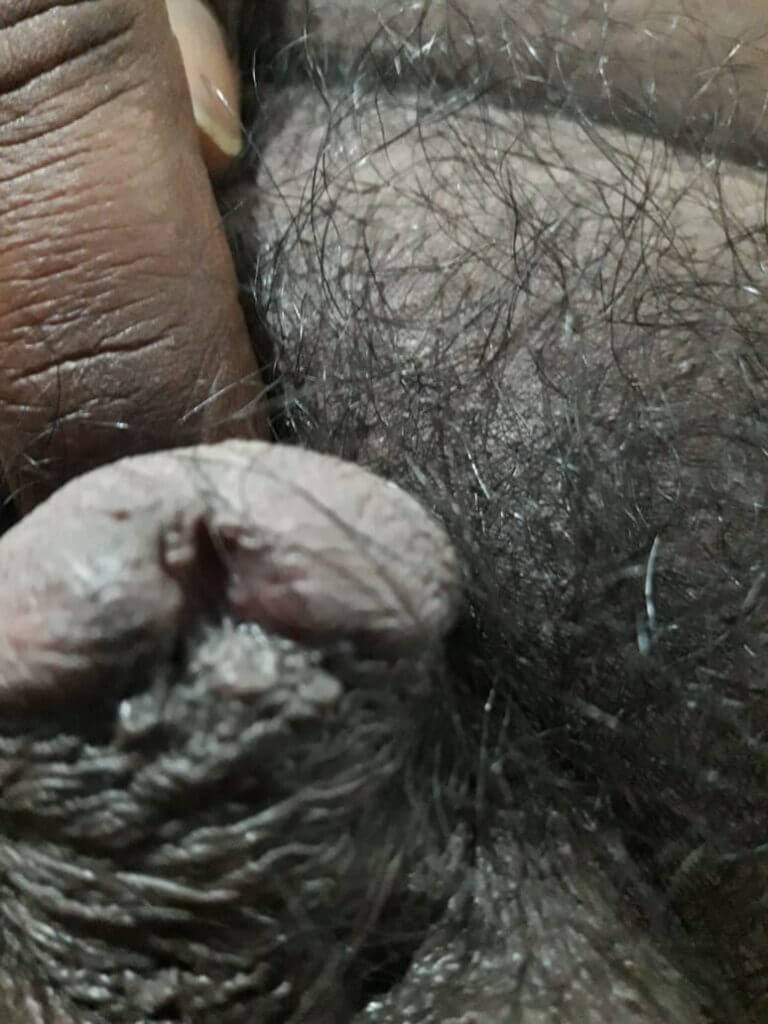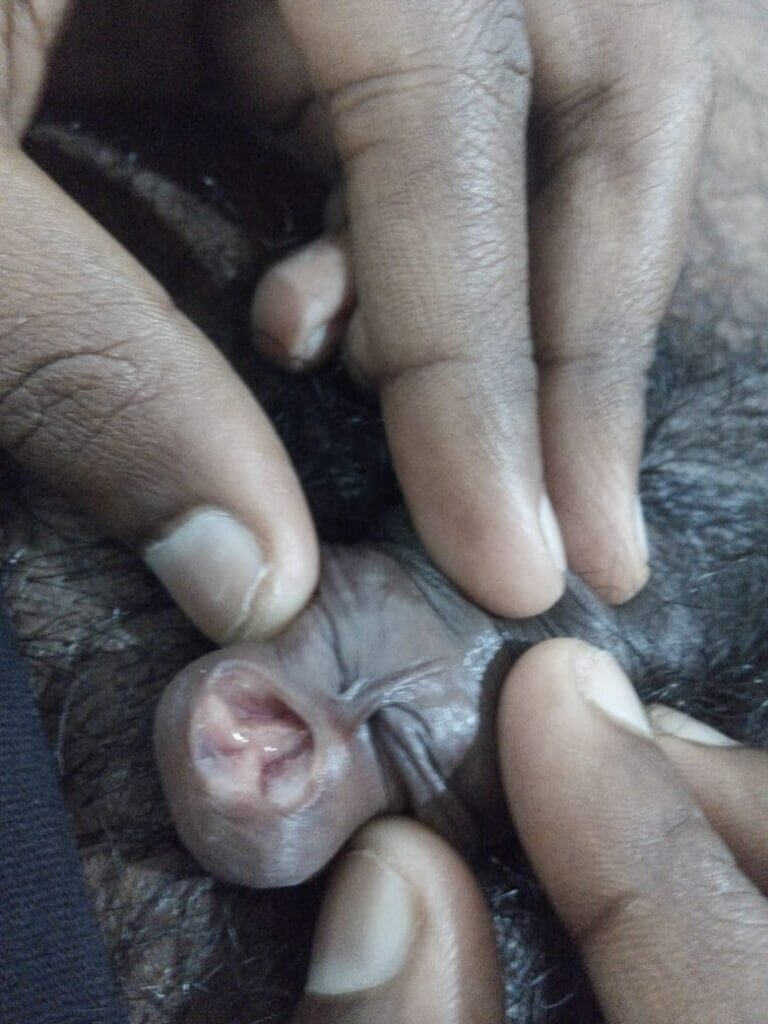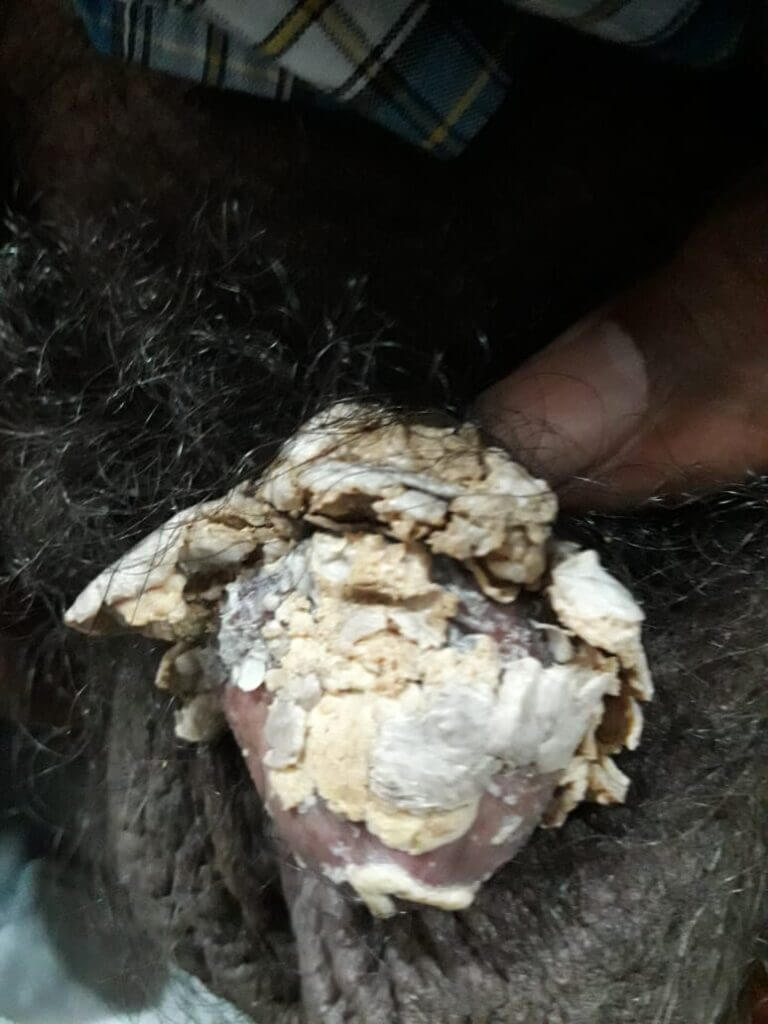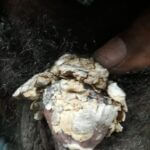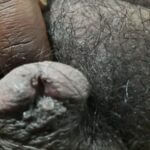Genital Growth in Child
Article by Dr.Ramgopal Sarabu
MBBS,M.Ch
Penile implant surgeon..hyderabad
Genital growth in a child suggested by Dr. S Ramgopal Sometimes genitals appear abnormal but are still apparently male or. female Such defects in boys include abnormalities of the urethral opening (for example, being located on the bottom or, less often, the top of the penis), an abnormally shaped penis (chordee), and an undescended testicle. Defects in girls include a hymen that has no opening (imperforate hymen) and a missing or shortened vagina. Other defects result in genitals that are not clearly male or female. These are called ambiguous genitals. The most common cause of ambiguous genitals is in girls who have congenital adrenal hyperplasia. Congenital adrenal hyperplasia* is an inherited problem with the adrenal glands that causes the glands to produce too much testosterone (the adrenal glands naturally produce a small amount of testosterone in healthy girls). Children who have genital defects may have problems urinating. Later, people may have difficulties engaging in sexual intercourse, impaired fertility, social and psychologic problems, or a combination
Let us discuss all the topic one by one We can start with micro pennis
2) If the penis is abnormal what are the investigations Tobe done?
3) Is there any method to measure the length and girth of penis?
4) What treatment can be given for the child with micro penis?
5) Is there any method to increase the length and girth of the penis if treated from early childhood?
Early diagnosis of “true micropenis” is important, because it allows for various treatment options to be utilized early. The first step in the diagnosis of micropenis is the physical examination of the patient’s external genitalia. Micropenis refers to a condition which occurs only in XY males. It is characterized by a small penis and a median raphe, foreskin, as well as normal localization of the urethral meatus opening. Penis size and gain in length can b achieved at any age, by supplementing testosterone , if it were due to testosterone deficiency.
Key points about micro penis in children
2) It can happen on its own. But it often happens along with other disorders.
3) It can occur with a hormone disorder that causes an abnormal level of the hormones involved in the growth of the sexual organs. This can include problems with the pituitary gland or the hypothalamus.
4) Hormone therapy may be used to treat some children. This can help to cause penile growth. Sometimes surgery may be an option.
5) In some cases, a man with micro penis may have low sperm count.
Chordee is a condition in which the head of the penis curves downward or upward, at the junction of the head and shaft of the penis. The curvature is usually most obvious during erection, but resistance to straightening is often apparent in the flaccid state as well.
A variation of hypospadias occurs when the urinary opening is in the correct location in the head of the penis, but there is only a partial foreskin. This is called “chordee without hypospadias” because the head of the penis often appears bent downwards. “Chordee” is simply another word for “curvature”.
In other boys, the foreskin is normal, but the penis is bent, usually down towards the feet. Occasionally, bending can occur to one side (almost always the left side, called lateral curvature), or even back towards the belly, called dorsal curvature. Penile curvature is a common problem in children, but the underlying cause is not known.
Do adult men with untreated ventral penile curvature have adverse outcomes?
The social and sexual life of adults operated for hypospadias during childhood has been studied by a few authors.
compared 73 who underwent hypospadias repair in childhood with 50 controls. Though hypospadias patients reported a more negative genital appraisal than the controls, they did not have a different sexual adjustment. Higher patient age at final operation had a negative impact on sociosexual development.
Erection and Sexual Satisfaction
What is Epispadias
1) Penopubic Epispadias: When meatus is located at or near the pubic bone
2) Glanular Epispadias: When meatus is located at the head of penis
3) Penile Epispadias: When meatus is along the shaft of penis
Meatus helps in determining the efficiency and storage capacity of bladder. If meatus point is located near the base of penis, it means that the bladder sphincters are affected and can’t hold the urine efficiently. Urinary leakage is more likely to occur in the penopubic epispadias because the pelvic bones does not come close together in this case due to which the sphincter appears to be horseshoe shaped instead of a ring, resulting in improper closing of sphincters and leaking of urine. Most men with penile and penopubic epispadias require surgical correction of sphincter complex.
In glanular epispadias, the sphincter complex is not affected therefore, most men do not experience problems in holding urine. But the curved penis with abnormal opening will require a surgery to minimize the risk of complications. The surgical options depends largely on patient overall health, severity of symptoms and associated abnormalities (such as bladder exstrophy). According to a new study, the risk of developing bladder exstrophy and epispadias is 2.15 per 1,00,000 livebirths.
What Is Phimosis?

long standing phimosis leads to balanoposthitis specially more so in DM and subsequently may end with ????Ca penis also Some time in male childerens it may be cause of UTI (if no other xause found)
Treatment is simple
1) Circumcision in children and difficult cases need anesthesia
2) Otherwise it is under LA
If it is mild, applications of mild potent steroids and slow retraction will be fruitful. If it fails circumcision is the only solution. Many adults will moderate phimosis can live with it for decades without much problem. Some may go for infections of subpreputial space with anaerobic organisms and Borrelia. Dysparunia may be a presenting symptom with some individuals. Preputial tear can occur and sometimes result in paraphimosis.
Phimosis in adults could be due to either congenital or inflammatory, Secondary to some infection S, ulcers or growth. Inflammatory phimosis could be due to swelling of glans or due to tightening of preputial orifice like in monilial balanoposthitis.
With regards to inflammatory phimosis the treatment is to treat the underlying causes. In most occasions the underlying cause could not be identified due to phimosis. Treat the infection, do the investigations to find out the cause and treat accordingly. Then phimosis got relieved.
Cleaning the inner aspect will be difficult in the presence of phimosis. In this situations, ask the patient to stretch his preputial skin and hold it tightly not to allow the urine to get out and ask him to pass urine. By doing so, the urine will get retained in the subpreputial space and then when he opened the orifice and pass urine it will be cleaned.
It is a minor surgical procedure. The prepuce forms a ring in long standing cases U may have to cut the ring if required. Never do simultaneous circumcision.Just make a nik of and cut the band on the dorsal aspect. It is a minor procedure. Mostly suture may not be necessary Tissue is edematous, distorted, prepuce is given by God. Any thing going against nature, we have to think twice
“Pearly Penile Papules are tiny papules present in rows over the coronal ridge in majority of the men. Prominence and numbers may vary with individuals. Usually appear after some sort of sexual activities either coitus or masturbation. They are nothing but hypertrophied papules without any clinical importance, without any symptoms. No treatment is required. Assurance is enough. Individuals who noticed for the first time, especially after some sexual adventures, worrying about these, thinking of STI or genital warts. Assure the patients… Dr S Murugan“
Another condition which also has no clinical importance is called as Fordyce spots or papules.. They are tiny, skin color, grouped papules mainly present over the lips and genitals skin of both sexes. They are nothing but ectopic sebaceous glands. Nothing to worry. Assurance is enough.
Prosemen otherwise called as Pre-Ejacultory fluid or Precum
Whereas secretions of Littre present only in the precum. The role of precum is not for the lubrication as commonly believed, if all it has lubrication function for the prepuce over glans. The main functions are two. The urethral environment is always in acidic environment due to the repeated urination and deposits of urinary salts.
This environment is inimical to the Spermatozoa. The precum makes a coating over the inner aspect of urethra and nullifies the acidity and ensures a safe delivery of semen with live motile sperms into the vagina Another function is to wash away the salt debris and clean the urethra to an extent. So it’s a boon really by the nature.
But many people after seeing the precum, thinks their semen is leaking even before insertion and got depressed and loose the erection. So when you are dealing with a case of ED, especially in young, unmarried individuals, elicit the history of fear of Dhat syndrome and precum and clear his doubts and encourage him along with other drugs…
Many Patients complain of urethral discharge/semen discharge even on talking to a woman…..many complain of persistent semen discharge .throughout the day.. .



